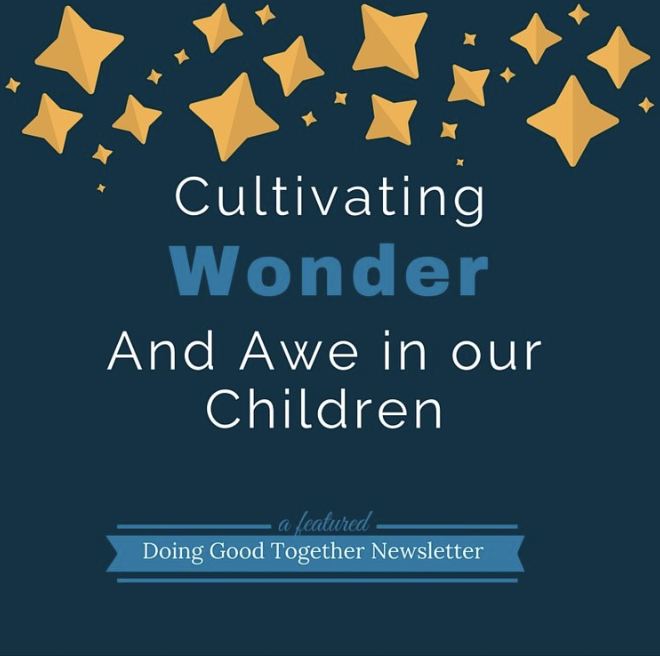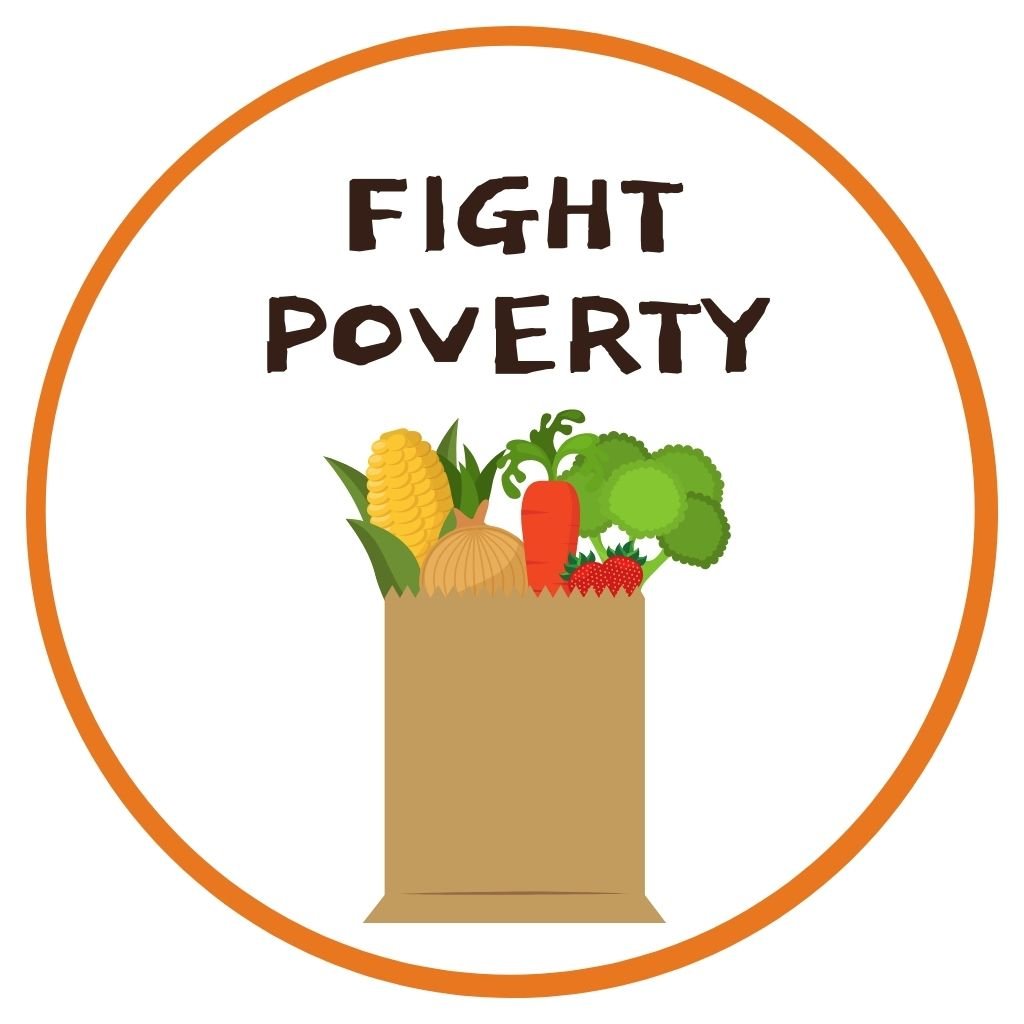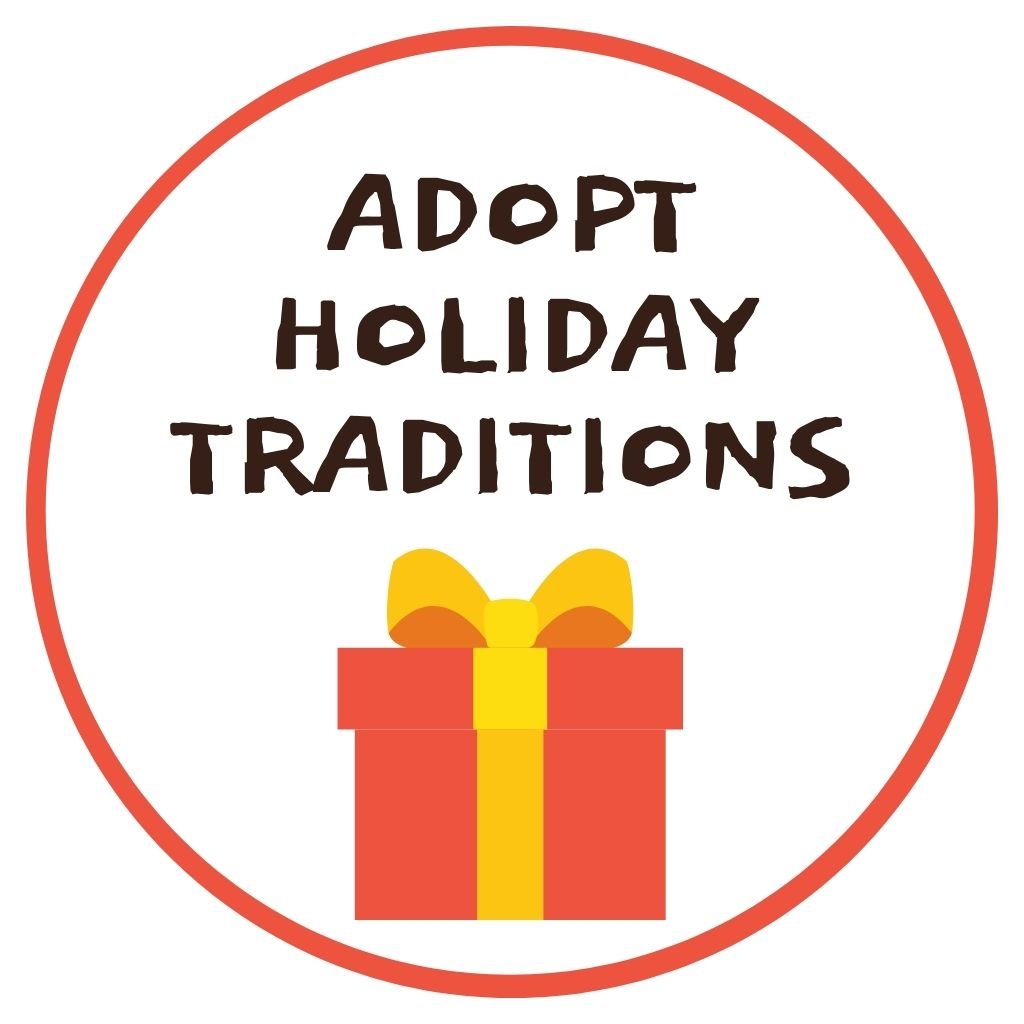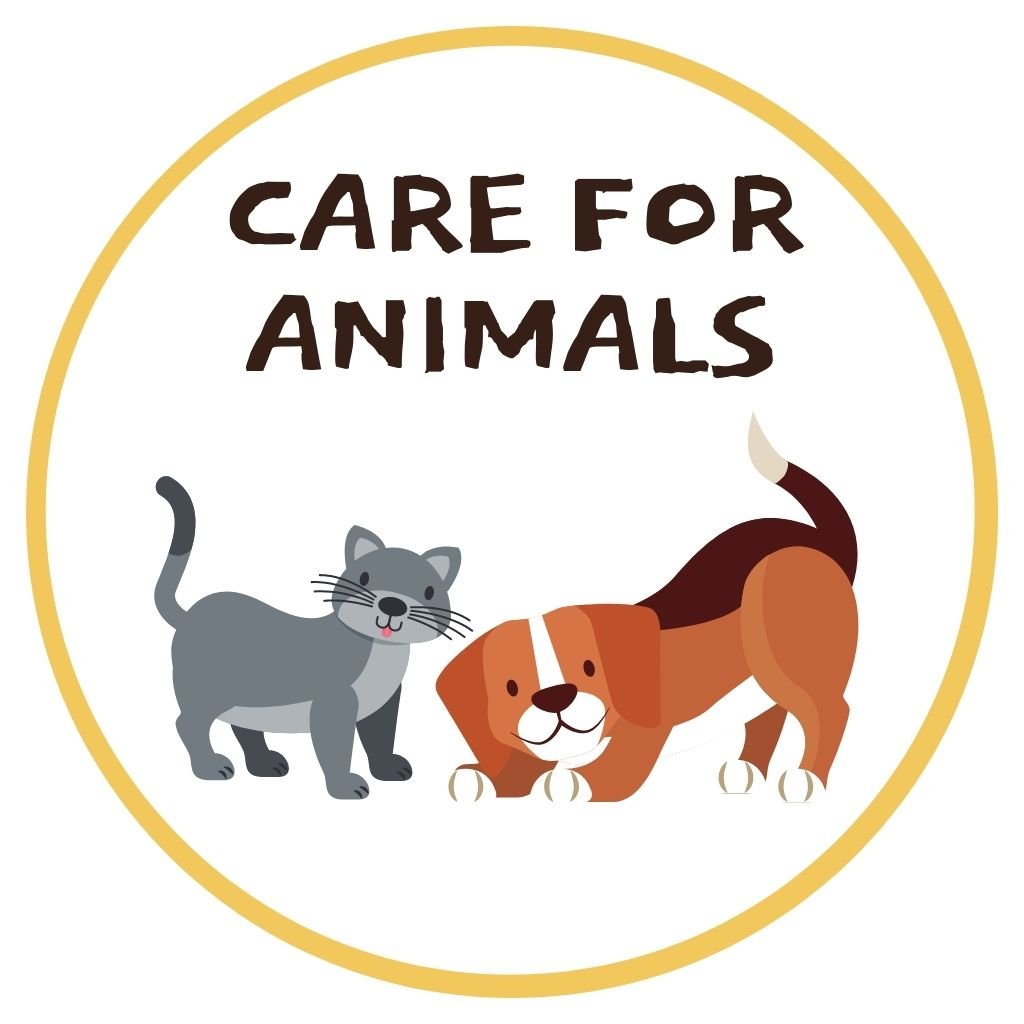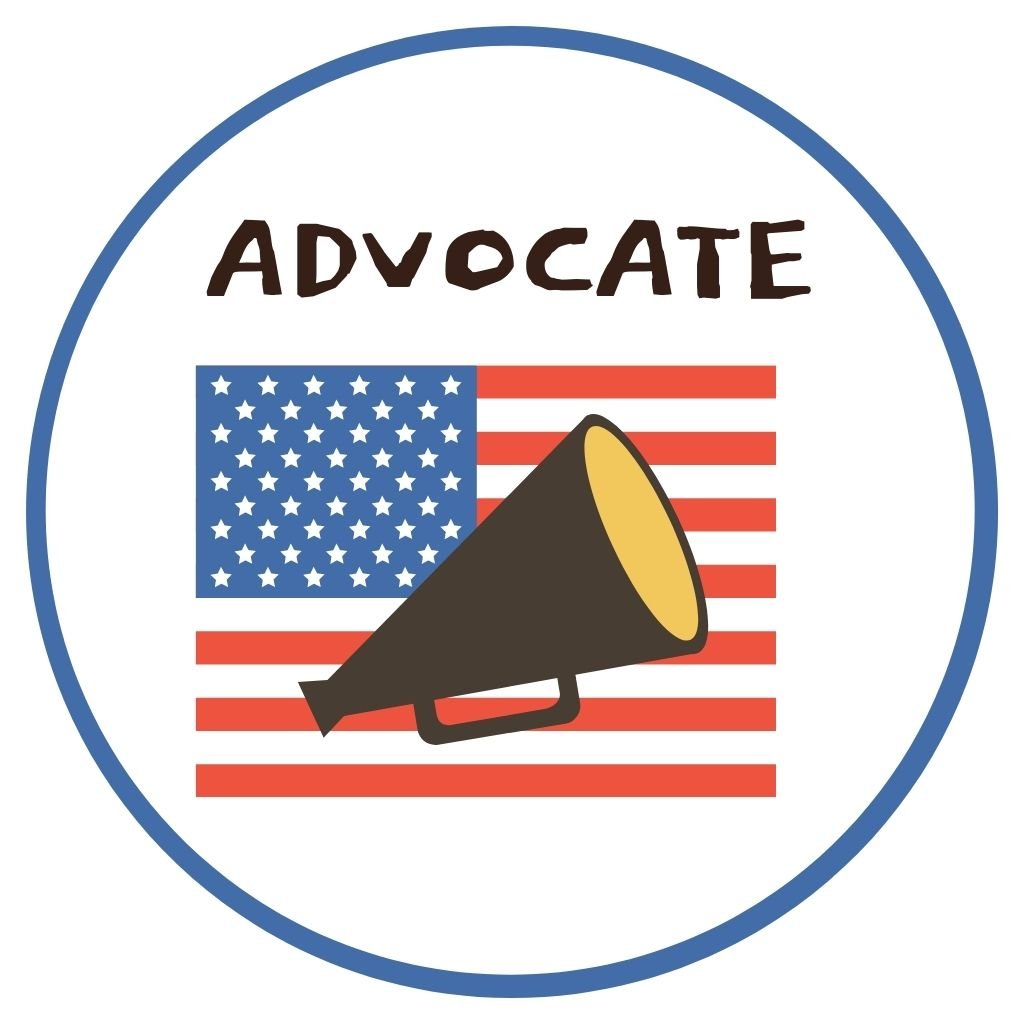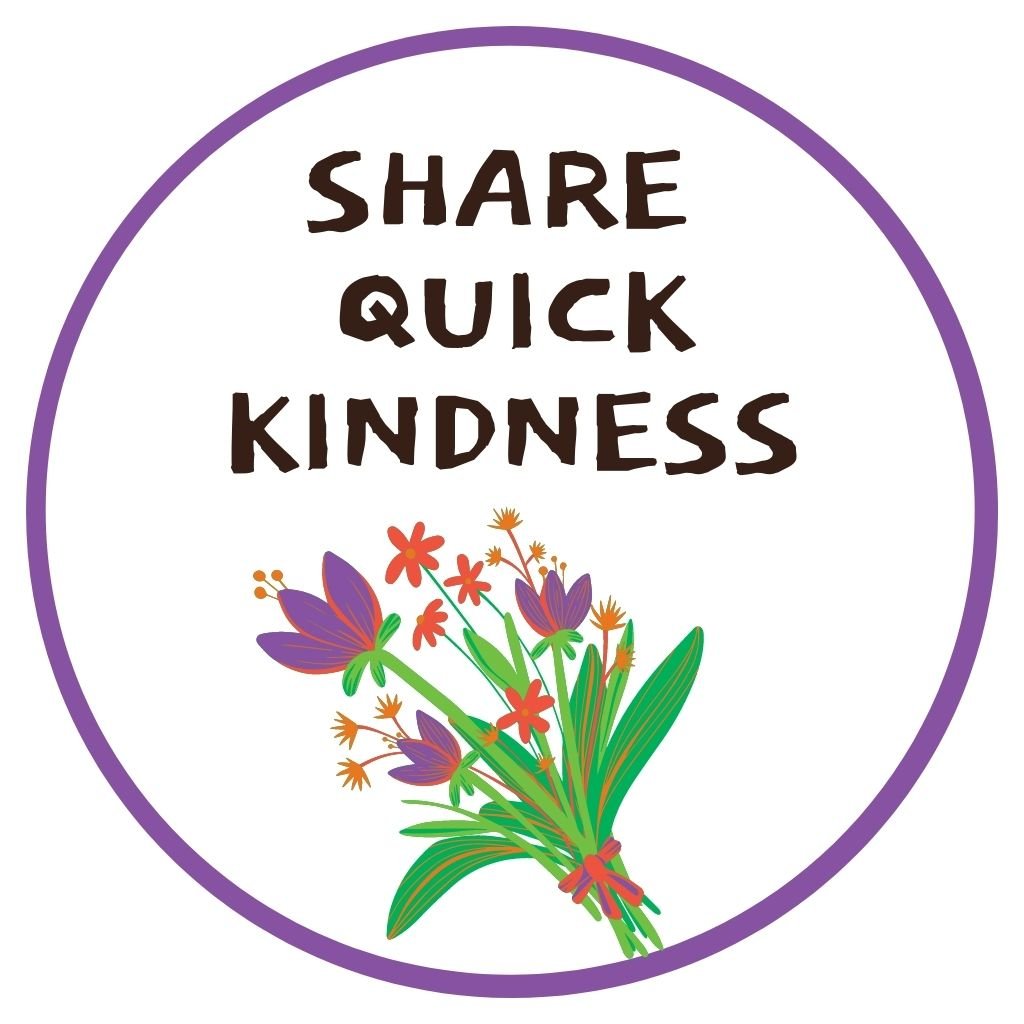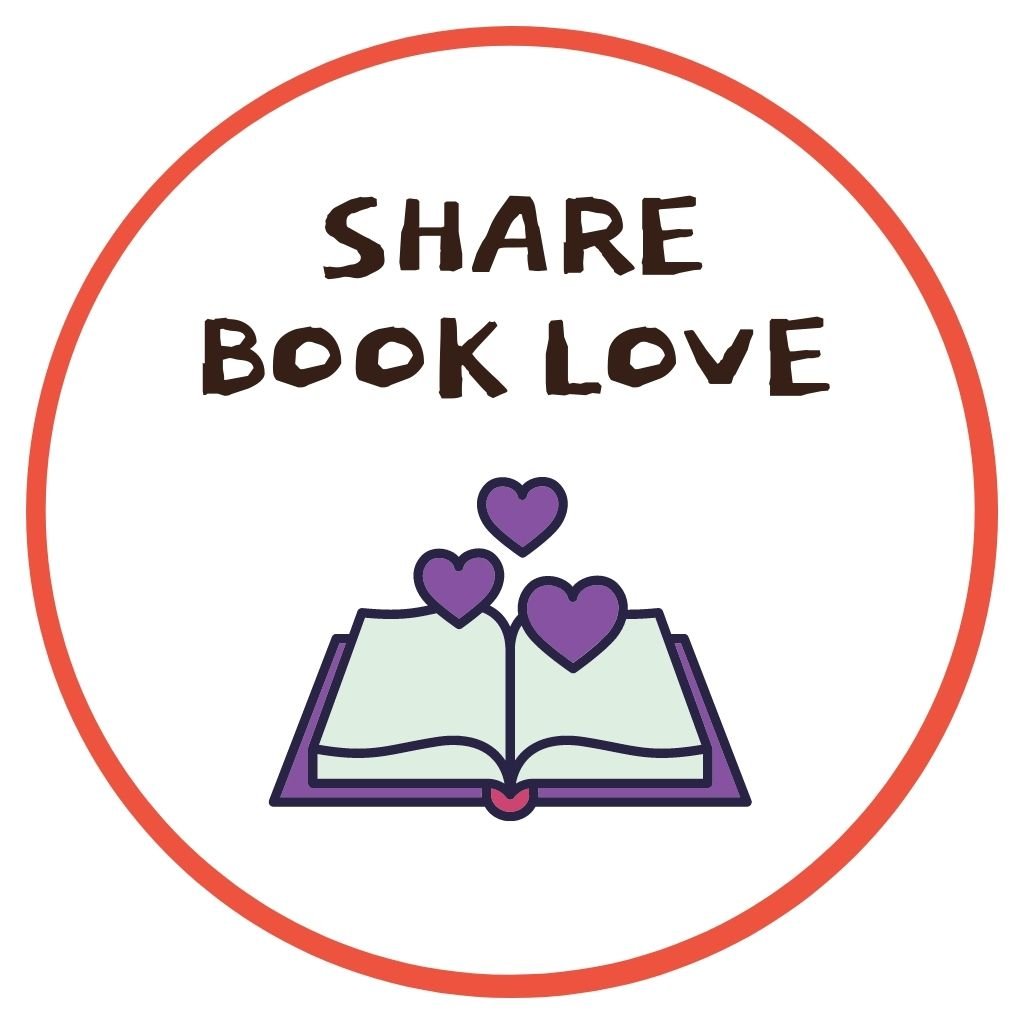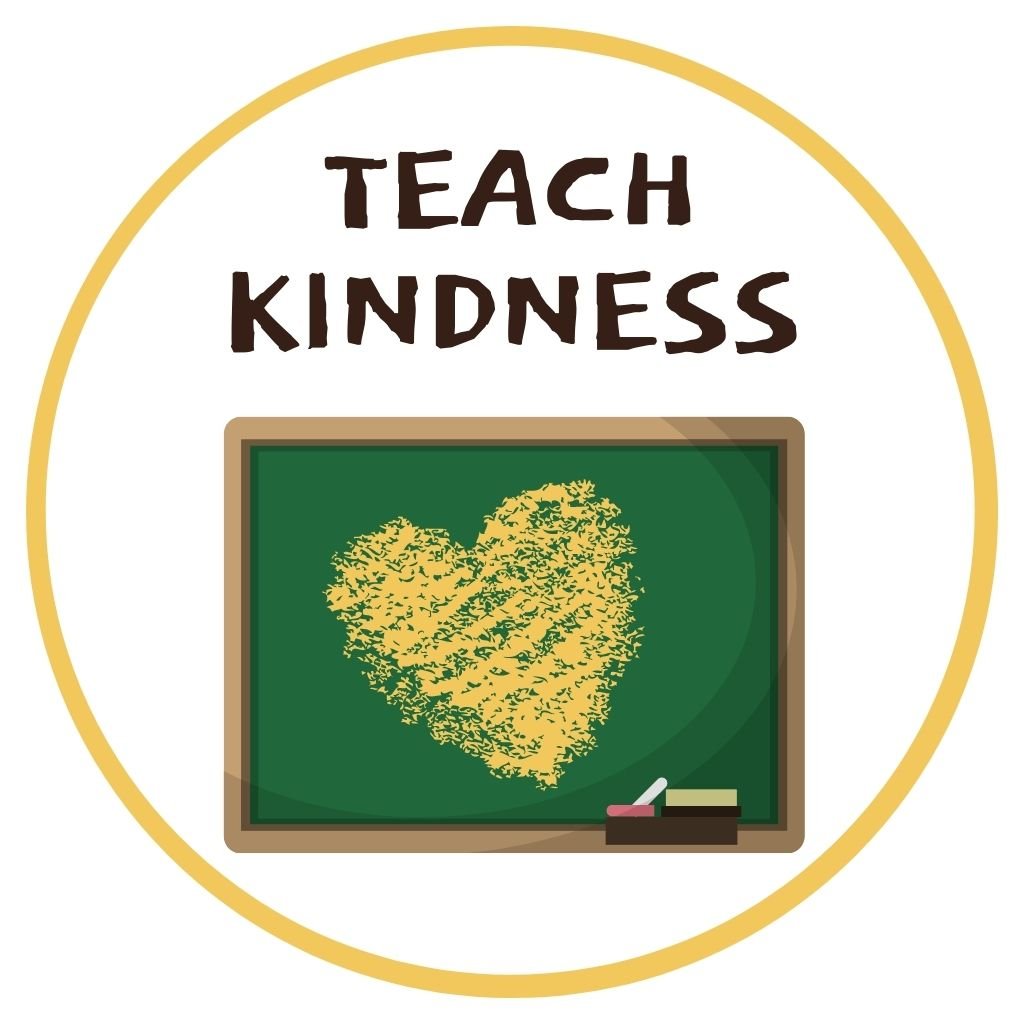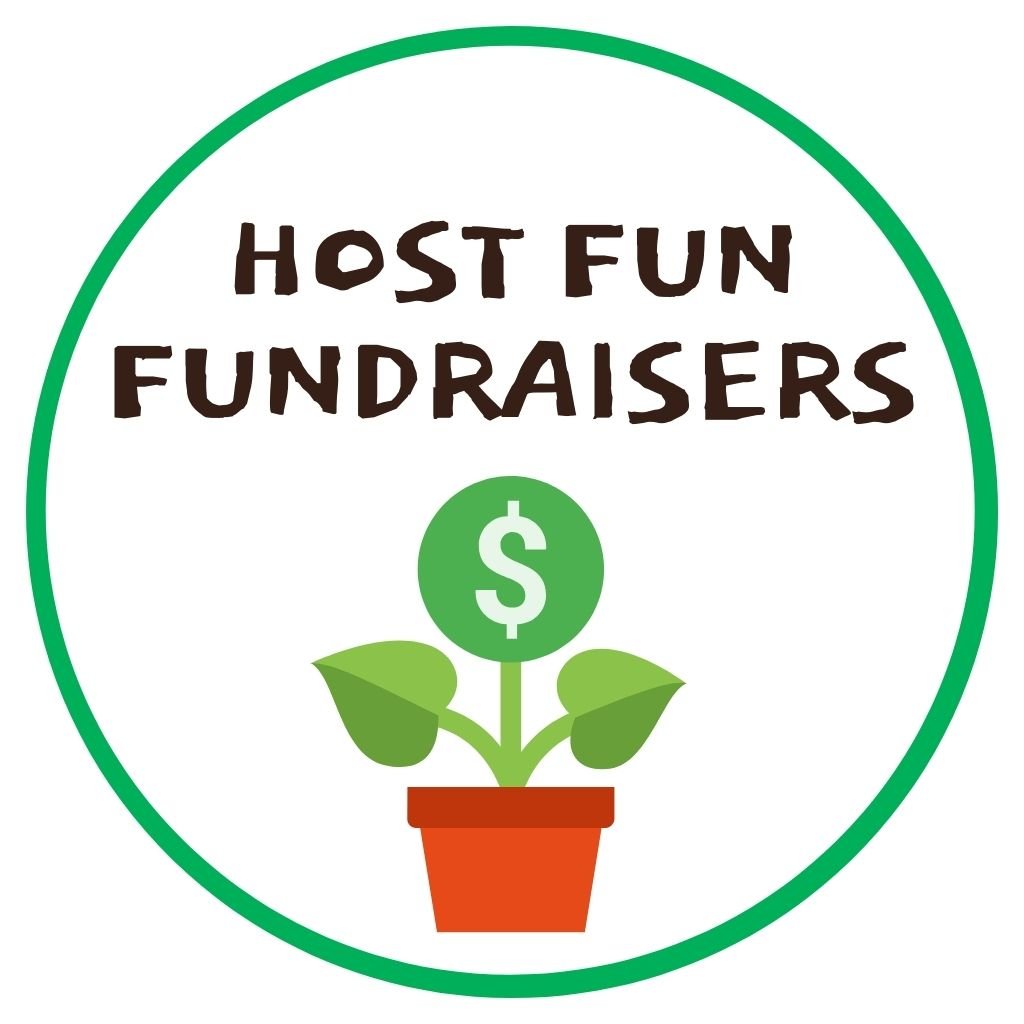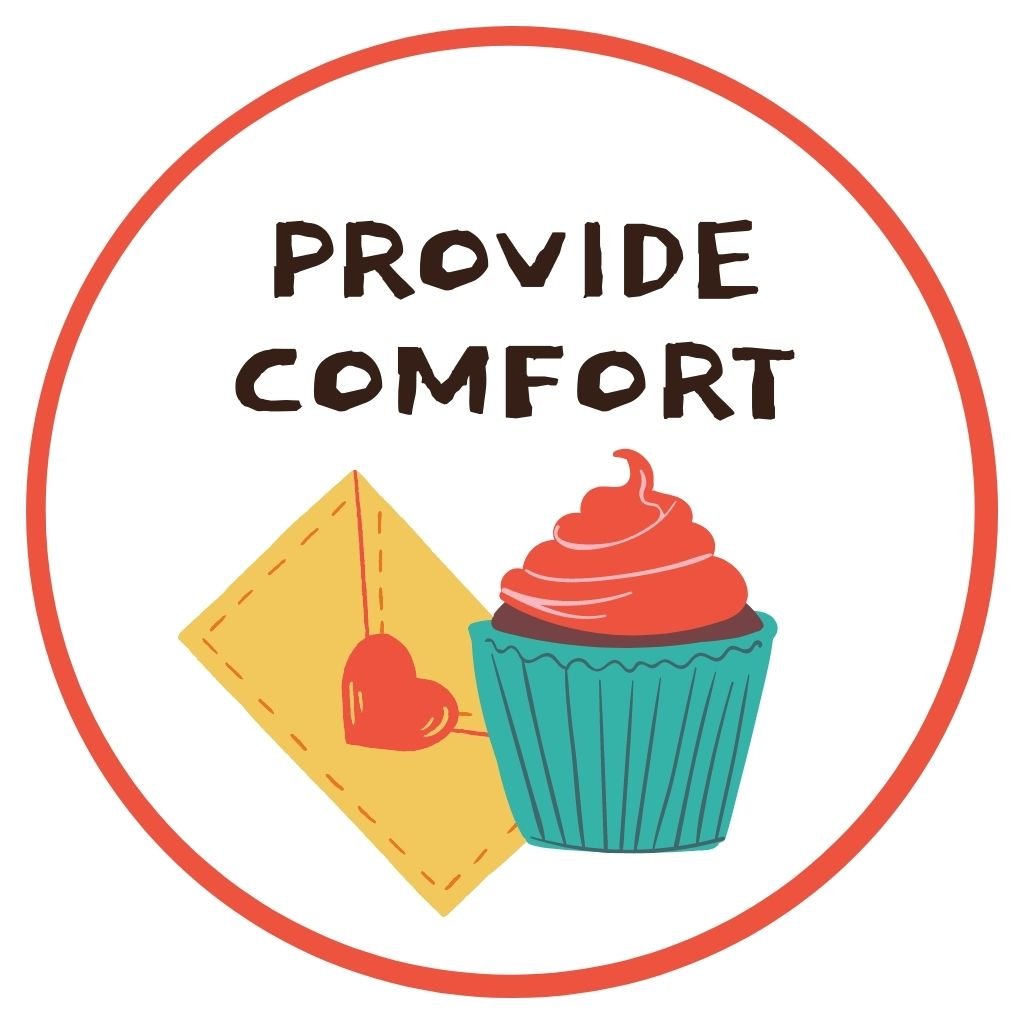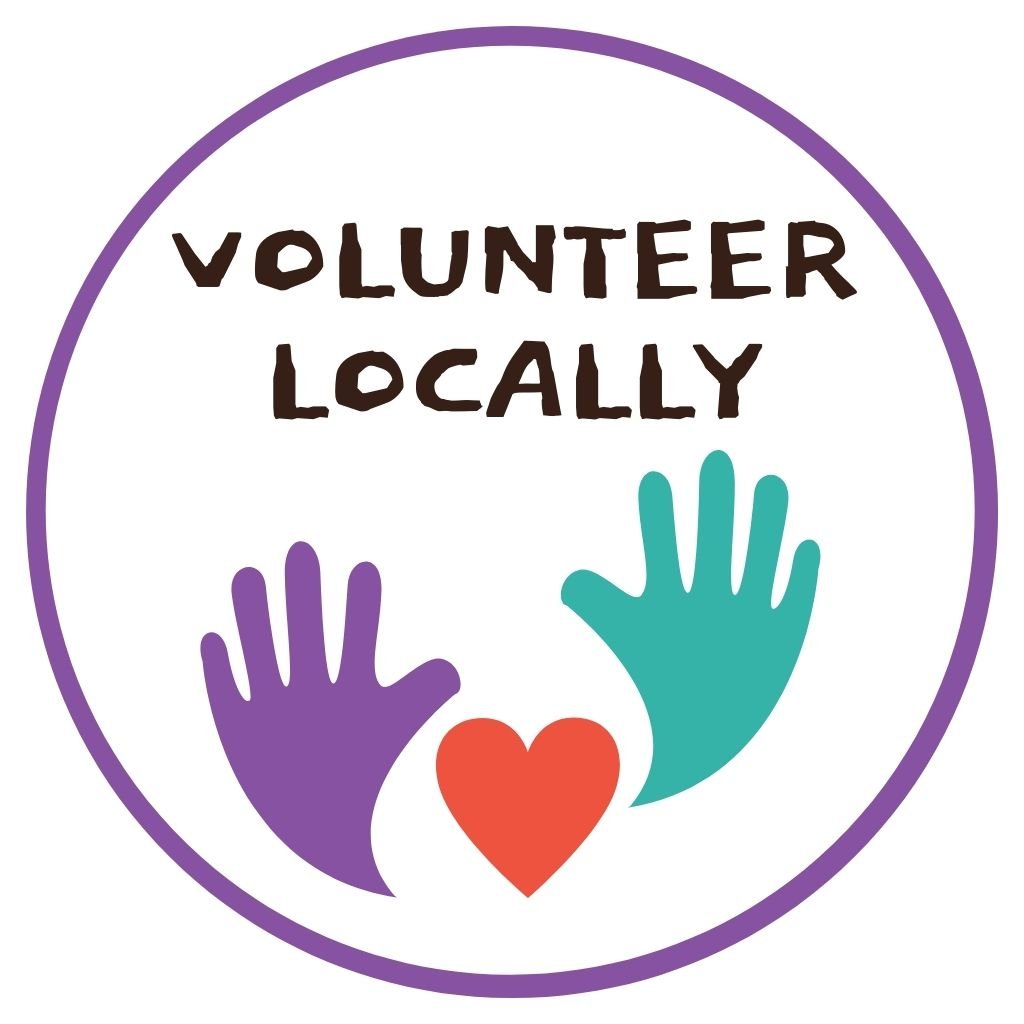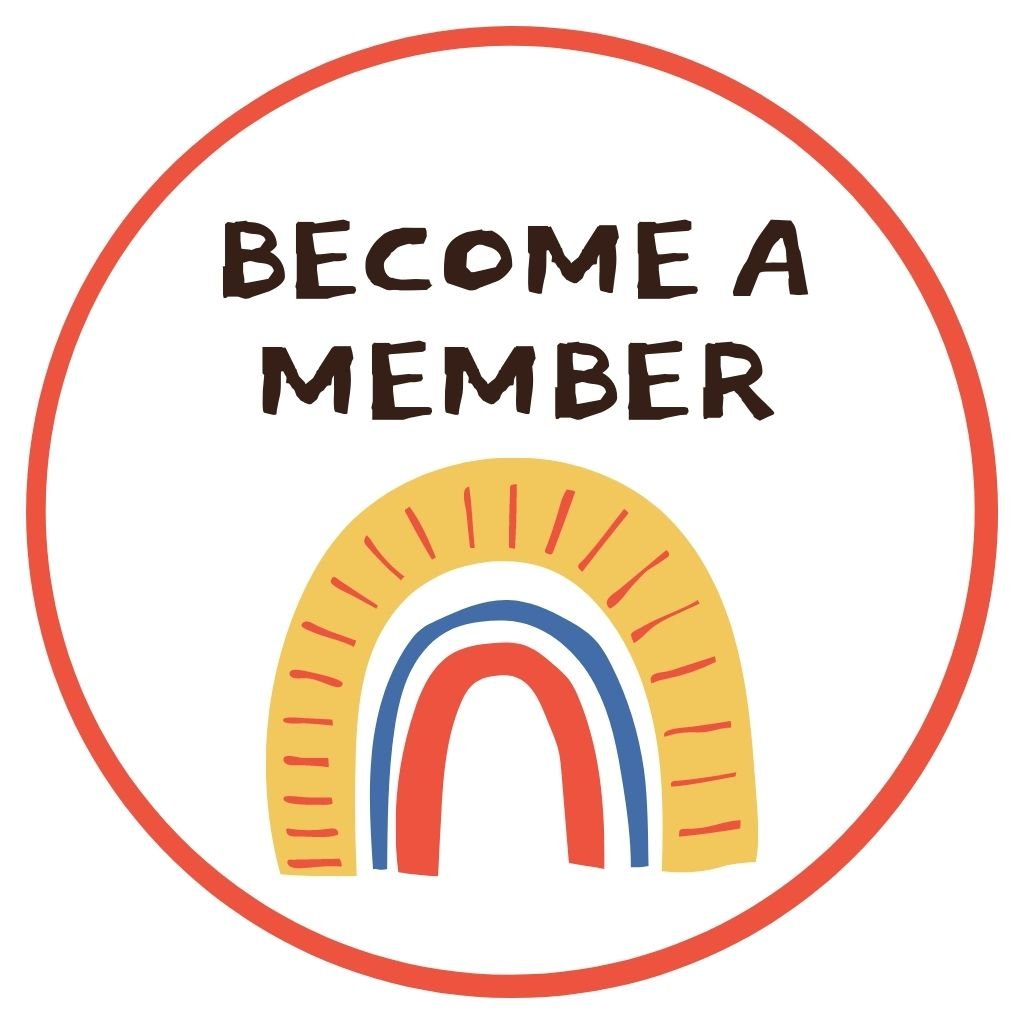We're bringing you a special edition of the blog, created by early childhood family educator, Courtney Juvland.
Like many parents, when I first gazed upon my newborn babes years ago I sent up a wish that they grow to be content, kind humans. I had dreams while counting and recounting their fingers and toes that they would use those hands and feet to move about with best intent in the world, with empathetic hearts and practical wisdom for doing good.
At times, my now-teenagers had a great capacity to step into the shoes of another; but at other times, I felt that despite my best efforts, empathy was lacking. I also noticed that their empathy skills developed differently, despite having the same parents and upbringing. How did what came so young and so naturally for one child seem so challenging for another?
Preview this thoughtful short video on the importance of empathy!
Research shows that there is a wide spectrum of empathy skill development based on temperament (believed to be “born” traits), brain development, and modeling/teaching/environment (the “nurture” aspect of development). While one child might have a heart and many hugs for a crying sibling or friend, another child may demand a parent’s attention while the adult is in the midst of trying to comfort that crying baby. What may seem like selfishness is actually a young child’s way of getting their human needs met.
Perspective-taking is an executive skill that we adults sometimes expect of our children at too young an age. A typically-developing child can’t independently call upon this skill until somewhere between ages 7 and 12, according to Piaget, Selman, and others who have studied developmental psychology. This is a really wide age range, and one that my parenting partner accused me of moving the marker on several times. We should also account for neurodivergence in our expectations; neuroatypical kids might need some extra time and patience when it comes to building skill in perspective-taking. Imagining the physical perspective of other people is one thing; putting yourself “in their skin” emotionally is something altogether different.
This might come as jarring and disconcerting news for a parent who values empathy and kindness. Take heart! As adults who care about our children and our world, there is so much we can do to nurture young people in growing this skill set–even before age 7 or 12.
If you follow Doing Good Together, chances are that this is already a priority for you and your family! Here are some useful strategies from Dr. Dan Siegel and Tina Payne Bryson’s book The Yes Brain that you can employ anytime, starting today:
1. Help your child practice wonderment.
This involves asking a fairly simple question when they notice the big feelings of others:
“I wonder what happened?”
Sometimes we must guide them first to notice, then ask why a person might be feeling what they’re feeling. It may also be appropriate to ask, “how can we help?”, depending on the situation and your child.
2. Build a vocabulary for feelings and empathy.
It takes time to learn effective communication. From a young age, you can use a wide variety of feelings-related words to “sportscast” what you see in theirs’ and others’ feelings/experiences. But HOW we apply these words is also powerful stuff. Listening and responding with “that must hurt” rather than “that’s why you shouldn’t jump off the couch!” will go a long way towards helping them respond from a place of empathy in tough situations. This kind of modeling will teach them the importance of listening, rather than jumping in with problem-solving– or worse, blaming language–that separates us from one another. Practice when they are young and the problems are small. When the feelings and issues grow more complex, they’ll have a great foundation for responding with empathy to the big stuff.
3. Expand the circle of concern.
Service to your community–whether it be your next-door neighbor who needs a hand with snow shoveling or cutting the grass, or signing up to serve a meal in a nearby shelter–is an important part of helping children and adolescents develop both a sense of caring for those outside their immediate circle and of being part of a larger humanity. You can check out the many great resources here to help you choose something great to Do Good Together and promote an empathetic brain.
If you find it’s difficult to center the work on understanding others’ emotions, you can start with practicing more concrete perspective-taking with younger children. Try sitting back-to-back, with art supplies at the ready. Begin by describing something and inviting your child to draw what you describe. When you’ve finished, talk about the picture–your mental picture as well as what was physically drawn by your child. Together reflect on how our different ideas about things sometimes create different mental pictures from person to person. You can repeat the exercise by switching roles– with your child describing while you do the drawing.
In the end, I have 3 amazing teenage humans. The tender-tempered eldest, the late-blooming middle, and the me-me-me youngest have all grown to be kind, caring champions for the underserved, whether friend or stranger. It takes time, patience, and wisdom–as well as self-compassion–to build empathic brains in our next generation. We won’t always meet the challenge perfectly, but by modeling and practicing with our young people we can grow together to see things from other perspectives, with compassion and empathy.
Works cited:
Siegel, Daniel J., and Tina Payne Bryson. “The Empathic Yes Brain.” The Yes Brain: How to Cultivate Courage, Curiosity, and Resilience in Your Child, Bantam, New York, 2019.
Courtney Juvland has an MEd in parent and family education from the University of MN and teaches in an early childhood family education program in the Twin Cities. In addition to her work, her three human children are her life’s joy.
If you like our free stuff, you’ll love our membership program, for both Families and Classrooms!
Join today and we’ll help you keep kindness on your family calendar all year long, now with access to DGT’s popular member’s only e-books.
Browse our Pick-a-Project collection!
Disclaimer: Doing Good Together™ is a participant in the Amazon Services LLC Associates Program, an affiliate advertising program designed to provide a means for sites to earn advertising fees by advertising and linking to Amazon.com.
The recommendations we offer are based solely on our mission to empower parents to raise children who care and contribute.



